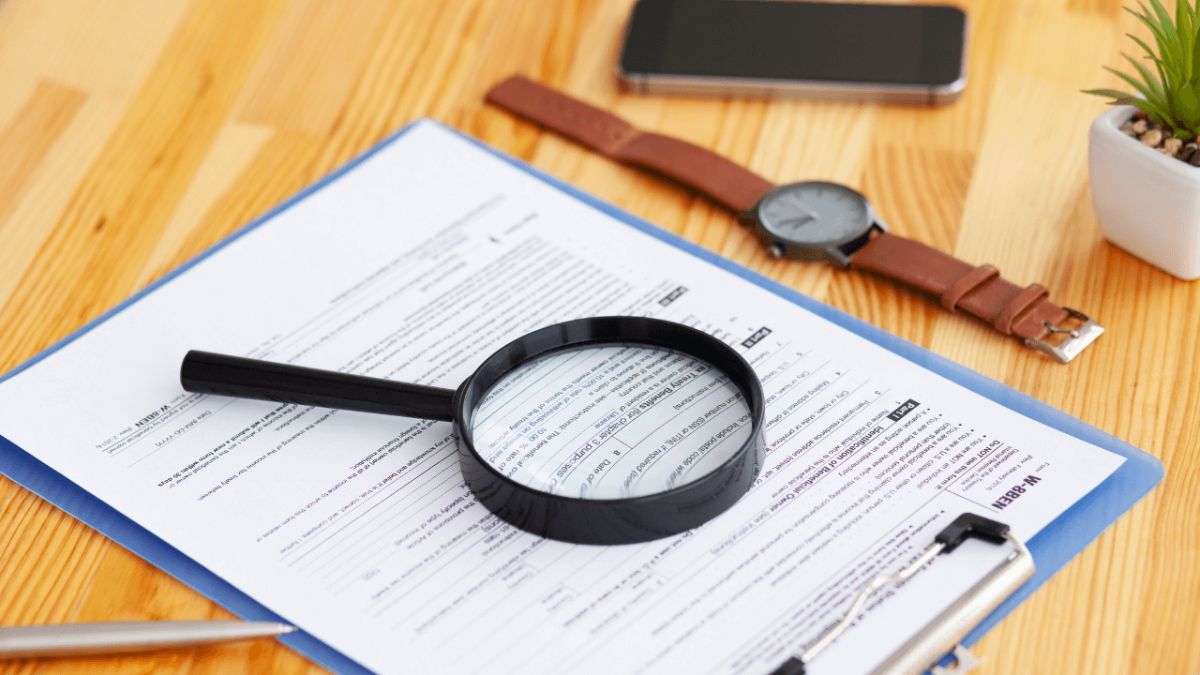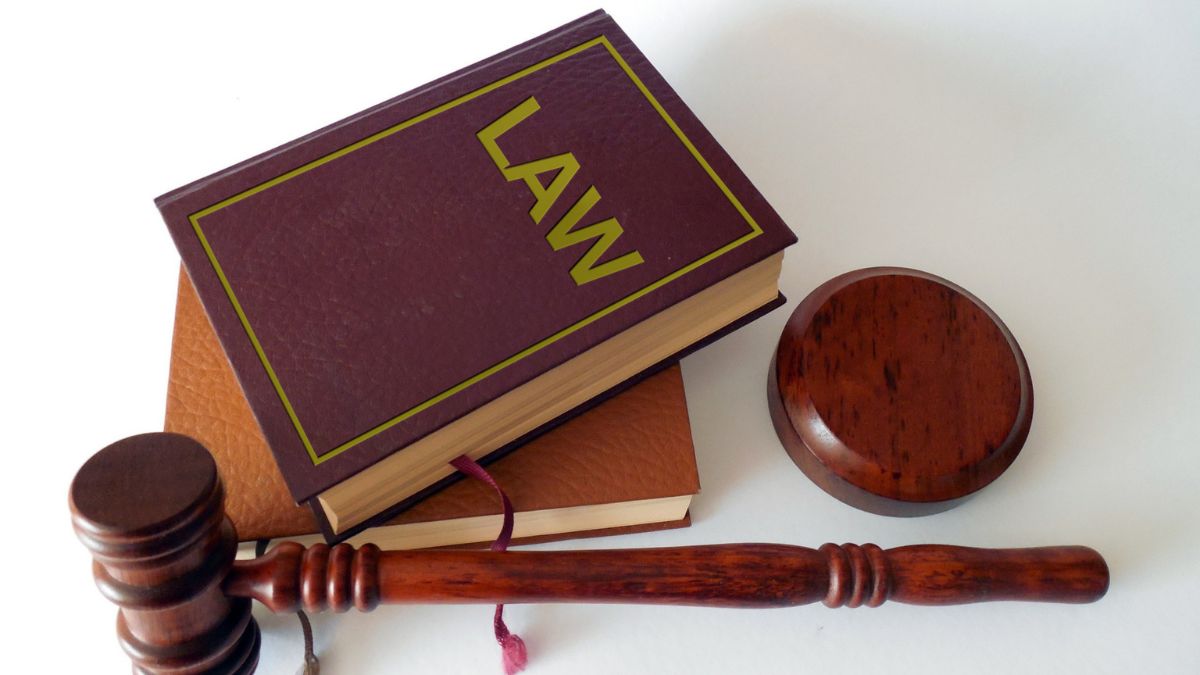When accidents happen, the consequences can be life-changing. From mounting medical bills to emotional distress, navigating the aftermath of an injury can feel overwhelming. If you’ve been injured and believe someone else is at fault, understanding the types of personal injury cases is essential to protecting your legal rights and seeking compensation.
This blog will explore the most common types of personal injury cases, provide examples of each, and explain what victims need to know to take the right legal steps.
What Is a Personal Injury Case?
A personal injury case arises when someone suffers harm due to another party’s negligence or intentional misconduct. These cases fall under civil law, meaning the goal is to obtain financial compensation for losses rather than pursue criminal charges.
Typically, personal injury claims involve scenarios such as car accidents, medical malpractice, workplace injuries, or even slips and falls. The one thing they all have in common? A party breached their duty of care, resulting in harm to someone else.
With that in mind, let’s break down the various types of personal injury cases you might encounter.
- Motor Vehicle Accidents
Overview
Motor vehicle accidents are some of the most common personal injury cases. These include collisions involving cars, trucks, motorcycles, bicycles, and even pedestrians.
Examples of Negligence
- Distracted driving (e.g., texting)
- Driving under the influence (DUI)
- Failing to obey traffic laws (e.g., running red lights)
- Vehicle malfunctions due to poor maintenance
Victims Should Know
To succeed in a motor vehicle personal injury claim, it’s essential to establish that the other driver acted negligently. Keep detailed records of the accident, which may include photographs, police reports, and medical bills. Working with an experienced attorney increases your chances of obtaining fair compensation for medical expenses, loss of income, and other damages.
- Medical Malpractice
Overview
Medical malpractice cases occur when a healthcare professional’s failure to meet the accepted standard of care results in harm to a patient.
Examples of Malpractice
- Misdiagnosis or delayed diagnosis
- Surgical errors (e.g., operating on the wrong body part)
- Medication errors (e.g., prescribing the wrong medication or dose)
- Birth injuries caused by negligence
Victims Should Know
These cases are highly complex and often require expert testimony to prove that the doctor’s actions deviated from standard medical practices. Furthermore, medical malpractice laws vary by state, including how long you have to file a claim, so acting promptly is crucial.
- Workplace Injuries
Overview
Workplace injuries can range from repetitive strain injuries to life-threatening accidents on the job. While most are resolved through workers’ compensation, personal injury claims may arise if a third party (e.g., a contractor or equipment manufacturer) is at fault.
Examples of Workplace Injuries
- Construction site falls
- Exposure to hazardous chemicals
- Equipment malfunctions leading to injuries
Victims Should Know
If your injury occurred at work, report it to your employer immediately and document all details. Workers’ compensation typically covers medical treatment and a portion of lost wages, but if liability extends beyond your employer, you could file a separate personal injury lawsuit.
- Slip and Fall Accidents
Overview
Slip and fall cases, or premises liability claims, occur when someone is injured on another person’s or business’s property due to unsafe conditions.
Examples of Unsafe Conditions
- Wet floors without a warning sign
- Broken staircases or uneven surfaces
- Poor lighting in hazardous areas
- Neglected icy sidewalks
Victims Should Know
To pursue a slip and fall claim, you must prove that the property owner knew or should have known about the unsafe condition and failed to address it. Photos of the hazardous area and witness testimony can be critical to building your case.
- Product Liability
Overview
Product liability claims involve injuries caused by defective or dangerous products. These cases can target manufacturers, distributors, or retailers.
Examples of Defective Products
- Faulty car parts causing accidents
- Contaminated food or medication
- Malfunctioning electronics posing fire hazards
- Toys containing toxic materials
Victims Should Know
Product liability cases often involve extensive investigations into product design or manufacturing defects. Victims should preserve the defective product (if possible) as evidence and gather receipts or proof of purchase.
- Wrongful Death Cases
Overview
A wrongful death claim arises when a person dies due to another party’s negligence or misconduct. These cases seek compensation for surviving family members for losses such as funeral expenses, lost income, and emotional suffering.
Common Causes
- Car accidents
- Medical malpractice
- Workplace accidents
- Defective products
Victims Should Know
Lawsuits must typically be filed by a representative on behalf of the deceased’s estate. The laws governing wrongful death claims vary by state, including who can file a lawsuit and what damages may be recovered.
What Should Victims Do After a Personal Injury?
If you’ve been injured, here are steps you should take to protect your rights and increase your chances of a successful claim.
- Seek Medical Attention
Your health should always come first. Even minor injuries could develop into more serious conditions without treatment.
- Document Everything
Gather as much evidence as possible, including photographs, witness contacts, medical bills, and police reports.
- Avoid Speaking to Insurance Adjusters
Insurance companies may try to minimize your claim. Wait to speak with an experienced attorney before discussing any settlement offers.
- Contact a Personal Injury Attorney
An experienced attorney can guide you through the process, handle negotiations, and argue your case in court if necessary.
Taking the First Step
Understanding the types of personal injury cases is the first step to claiming the justice you deserve. Whether you’re dealing with a car accident, medical negligence, or a defective product, you don’t have to face the process alone.
Consult with an experienced personal injury attorney who can offer tailored advice for your situation and get you the compensation you’re entitled to.
If you’re unsure where to start, seek a free consultation with a legal professional today. Remember, time is often a critical factor in filing your claim, so act quickly.











